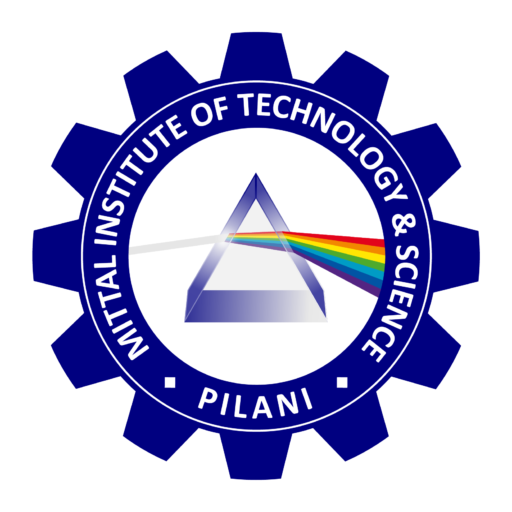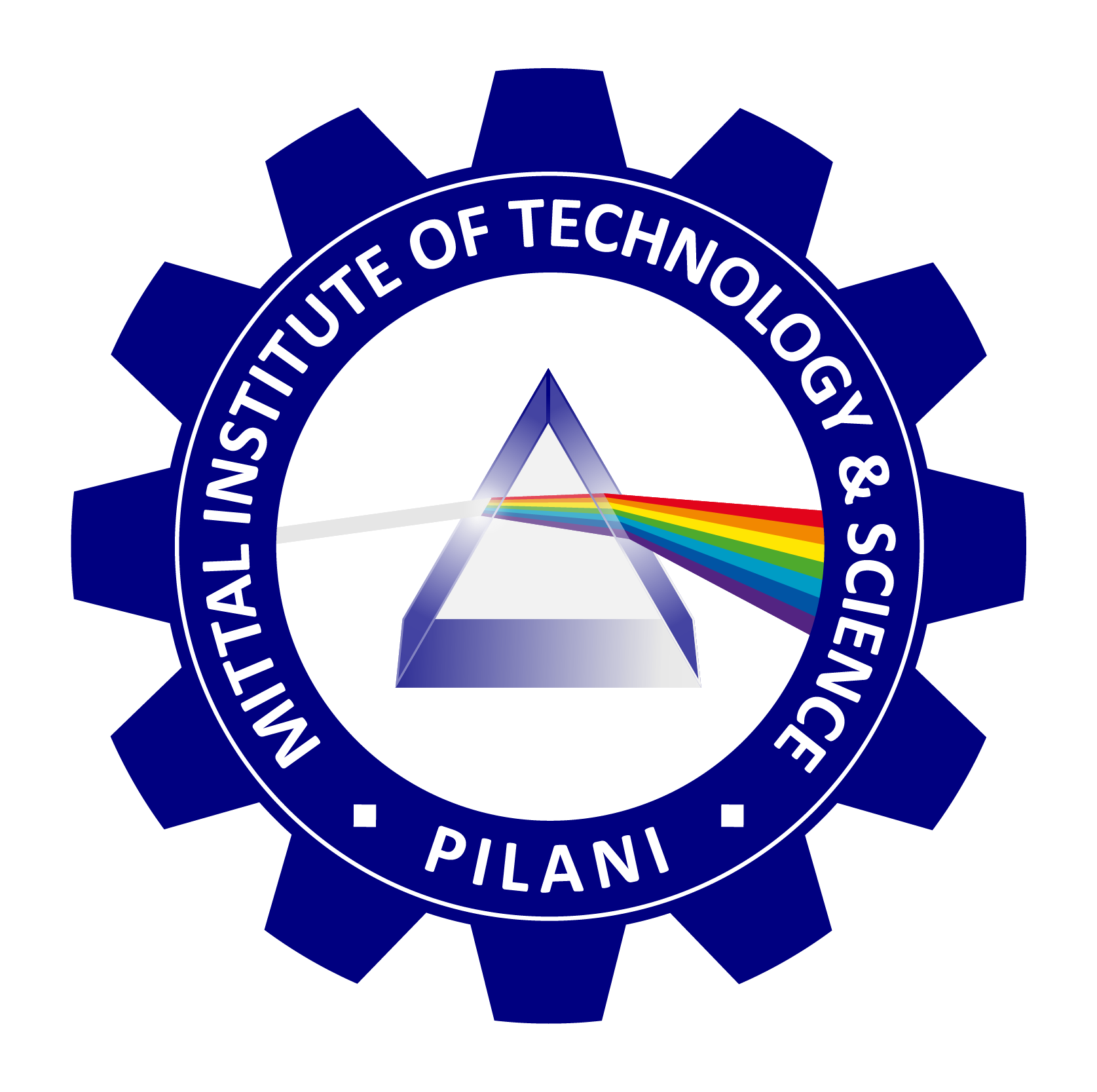
MITTAL INSTITUTE OF TECHNOLOGY & SCIENCE, PILANI
Vector Instruction Set in Microprocessors
In the rapidly evolving field of computer architecture, efficiency, speed, and parallelism are key determinants of performance. One of the significant innovations aimed at enhancing computational throughput is the Vector Instruction Set, a fundamental concept in modern microprocessors, especially those targeting high-performance computing (HPC), multimedia processing, and scientific simulations.
What is a Vector Instruction Set?
A Vector Instruction Set refers to a collection of machine-level instructions that operate on vectors—ordered sets of data elements—rather than on scalar (single data point) values. In contrast to traditional scalar operations that process one pair of operands at a time, vector instructions perform the same operation simultaneously on multiple data elements. This is a form of Single Instruction Multiple Data (SIMD) parallelism.
For example, a single vector addition instruction can add two arrays of numbers element-by-element in parallel, vastly reducing the number of instructions and cycles required.
Historical Background and Evolution
The idea of vector processing was popularized by supercomputers like the Cray-1 in the 1970s. These machines used vector processors to accelerate scientific computations involving large data sets. Over time, as personal computers became more powerful and data-intensive applications such as video processing, AI, and gaming became common, vector instruction sets were integrated into general-purpose CPUs.
Major milestones include:
- Intel MMX (1996): One of the first SIMD instruction sets for x86 processors.
- SSE, SSE2, AVX (2000s onward): Progressive enhancements in Intel/AMD CPUs supporting wider vectors and more data types.
- ARM NEON: SIMD extension for ARM processors used in mobile devices.
- RISC-V Vector Extension (RVV): A modern, scalable vector ISA designed for a wide range of applications.
Architecture and Operation
Vector instruction sets require specialized hardware support within the microprocessor, including:
- Vector Registers: These are wide registers capable of storing multiple data elements (e.g., 128-bit, 256-bit, or 512-bit registers).
- Vector Processing Units (VPUs): These execution units perform parallel operations such as addition, multiplication, comparison, etc., across vector elements.
- Vector Load/Store Units: Efficient memory access mechanisms to handle vectorized data.
Applications and Benefits
Vector instruction sets are crucial in areas requiring large-scale data manipulation. Notable applications include:
- Graphics and multimedia processing (e.g., 3D rendering, video decoding)
- Scientific simulations and engineering computations
- Machine learning and neural network acceleration
- Cryptographic computations
- Signal processing
The primary benefits are:
- Higher performance: Due to parallel execution.
- Reduced instruction overhead: Fewer instructions needed to process large data sets.
- Energy efficiency: Parallelism allows more work per clock cycle, saving power.
Challenges and Limitations
Despite their advantages, vector instruction sets face several challenges:
- Data alignment and memory access patterns must be optimized to exploit SIMD.
- Code portability may suffer due to differences in vector ISAs across platforms.
- Software complexity increases with the need for vectorized programming and compiler support.
- Diminishing returns for workloads with limited data-level parallelism.
Compilers and libraries must be optimized to automatically vectorize code or expose SIMD capabilities through APIs and intrinsics.
The Vector Instruction Set represents a powerful tool in the microprocessor designer’s arsenal, enabling significant gains in performance and efficiency through data-level parallelism. As applications grow more data-intensive, and as parallelism becomes essential even in mobile and embedded domains, vector instruction sets will continue to evolve. Architectures like AVX-512, ARM SVE, and RISC-V RVV are setting the stage for a future where high-throughput, low-power computing becomes ubiquitous across domains.
